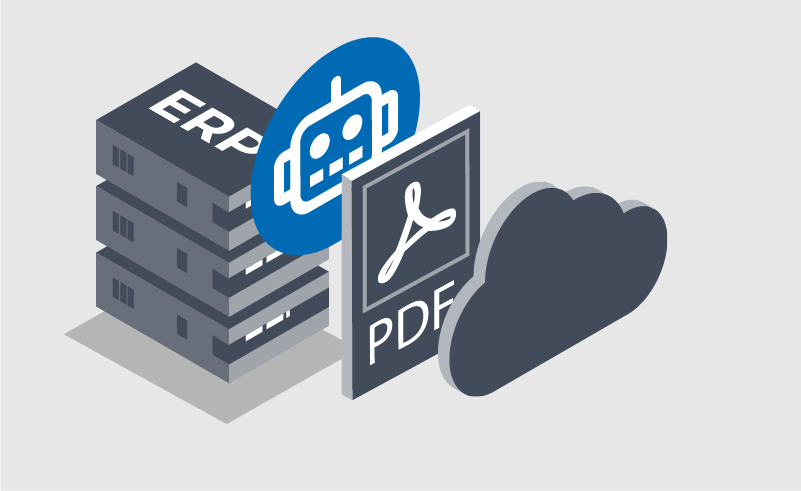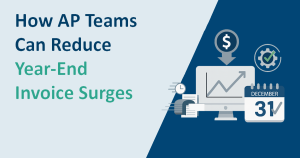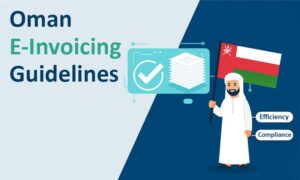Isn’t it fascinating to know that 90% of the total amount of data generated throughout human history has been created within the past few years (1)? And 99.5% of the collected data never gets used or analysed? While we’re stating facts, it might also be useful to mention that Fortune 1000 companies can reportedly earn $65 million more in net income simply by increasing their data accessibility by 10% (2).
Why?
Because data composes information, information requires precision, and precision governs almost every aspect of business.
Yes, digitizing document management helps curate documentation, offering digital maturity upgrades. However, the ability to harness data helps you shift from just document management towards a greater understanding of information management. The rise of data manipulation allows you to leverage not just accuracy but also predictive analytics. In the race to stay relevant, securing a competitive edge in the market is not just about the present, but about how effectively you design the roadmap to the future.
In comes Robotic Process Automation (RPA)
RPA uses bots targeted for automating mundane and repetitive human tasks as an approach to reduce manual errors, unnecessary time-consumption, overall savings in terms of resources, and eventually increase throughput. In the recent years, RPA implementation has helped corporations initiate intelligent document processing simply because of the exponential returns.
Deloitte’s third annual RPA survey implied that 53% of respondents have already started their RPA journey, with this number expected to rise to 72% in the next 2 years. Furthermore, 78% of those who have already implemented RPA expect to significantly increase investments in RPA over the coming 3 years (3).
As organizations scale up their RPA initiatives, some of its limitations have become more clear. Conceptual and simple RPA mimics the standard functionalities that a user performs. Therefore, it can prove to be unreliable when tackling desired input or output formats, interpreting natural language, or handling data distortions. Even RPA coupled with traditional OCR technologies can fall short of the level of sophistication required for intelligent document processing.
The next level of applying technology emphasizes the digitization of both unstructured and structured data. The system should not just be an algorithm that functions the way it’s supposed to but adapt and ‘learn’ under the scrutiny of given circumstances. Done well, your process will understand and make decisions independently. Now we’re in the realm of cognitive and analytical data solutions which include Artificial Intelligence (AI) and Machine Learning (ML) capabilities.
The role of Artificial Intelligence and Machine Learning
AI and ML are undoubtedly the talk of the century, precisely because they are solutions that teach themselves. With the amount of data available at your disposal, it only makes sense for you to allow a self-operational system to learn that data, conceptualize the possibilities, render probabilities, and carry out the best outcome. All of this should be computed in a minimal timespan which would take a long time to be done manually.
Almost 80% of all the data in the world is unstructured, which means that it comes through sources such as emails, messages, PDFs, and images. AI and ML are the cornerstone for categorizing and extracting data, millions of zettabytes of which is being shared as you’re reading this. Paired with appropriate techniques like RPA, OCR, and of course, ML, AI can extract data automatically and use it across departments and organizations for effective analysis and decision-making.
To enhance data isolation, NLP (Natural Language Processing) can help optimize text, voice, and speech recognition to identify recurring patterns and organize data in structured formats. This helps prevent duplication through validation checks and alerts in case of historical data irregularities.
As an example, let’s consider a solution powered by AI and ML. This solution must capture and understand the type of document by identifying key differentiators, such as invoice numbers, as well as keywords for identifying internal documents, including purchase orders, sales orders, and expense sheets. Next, the solution must determine the process to follow, which will vary based on the type of document and information captured.
In other words, a system automating process can monitor the full responsibility of an employee guaranteeing due diligence for critical documents, while eliminating a doubt or room for errors.
This is followed by:
- Data extraction from the fields necessary for a specific process.
- Document classification possibly including the hierarchy or personnel they are supposed to involve and destination for each document.
- Input/output validation to verify document authenticity after processes.
- Data integration with systems (ERP, CRM) to be used and referred to as needed.
In addition, AI and ML coordinate well with workflows. By scheduling documents for personnel verification and approvals, intelligent process automation can remove the need for any kind of physical presence. By supervising the lifecycle of a document, intelligent automation can anticipate and act upon the next steps, personnel, and hierarchies involved. This can extend to process completion protocols, rejection protocols, re-processing protocols, compliance standards, deadlines, alerts, delays, storage, supervised security clearance, and more.
Implications of intelligent document management
Sector-wise segmentation of AI technologies is another eye-opener for most leading organizations. Manufacturing facilitates supply chain activities by processing claims, payments and requisitions faster. The banking sector can now allow users complete transparency into their financial obligations via mobile applications powered by intelligent software. Companies are authorizing their finance teams to process invoices and verify documents with cutting-edge tools. And all of this is just the tip of the iceberg.
The total number of businesses adopting AI has grown by 270% in the last 4 years. Furthermore, the global AI market is expected to reach $267 billion dollars by 2027 (4). These statistics and predictions show us a niche in the market, as well as in the digital transformation goals a company sets for themselves.
Intelligent automation doesn’t just dictate the orchestration of a company’s internal processes: it can revolutionize customer interactions too. These systems can help figure out priorities and create a blueprint tailored to match each customer’s needs. This data can be analysed to make more concrete and customer-centric decisions, further improving services and product lines. In addition, 62% of average consumers are willing to submit data to AI to have better experiences with partner businesses. Treading further along that line, 15% of all customer service interactions globally are expected to be powered with AI by 2021 (4).
Gearing up for the intelligent era
Intelligence in business processes covers a much broader range than we can possibly cover here. Solutions like Big Data analytics, the Internet of Things (IoT), and edge computing are taking the world by storm. Perhaps user-friendly devices (scanners, printers) can be a segue to documentation advancements as well. This could let companies prioritize documents per process, store them by category, and secure them based on their importance.
Nothing exists in isolation. It’s the compatibility between one thing and another that stimulates progressive, exponential change. The status quo surrounding work culture is in effort to make work more agile, remotely accessible, and free of workspace restrictions. The global standard is evolving and may eventually lead us to digital work environments becoming more common.
Compleo Hybrid, our document management solution, brings the essence of intelligent process optimization forward. It can adapt to your business necessities and scale accordingly to accommodate your changing needs. With intelligent technologies and cutting-edge document management strategies, you can say goodbye to the bottlenecks that arise from traditional paper-based processes. Introduce dynamic workflows to your organization, establish maximum transparency between departments, optimize document and data handling, and take effective steps towards a full digital transformation.
Resources
- https://www.forbes.com/sites/bernardmarr/2018/05/21/how-much-data-do-we-create-every-day-the-mind-blowing-stats-everyone-should-read/?sh=3fcf662a60ba
- https://hostingtribunal.com/blog/big-data-stats/#gref
- https://www2.deloitte.com/bg/en/pages/technology/articles/deloitte-global-rpa-survey-2018.html
- https://www.oberlo.in/blog/artificial-intelligence-statistics/


